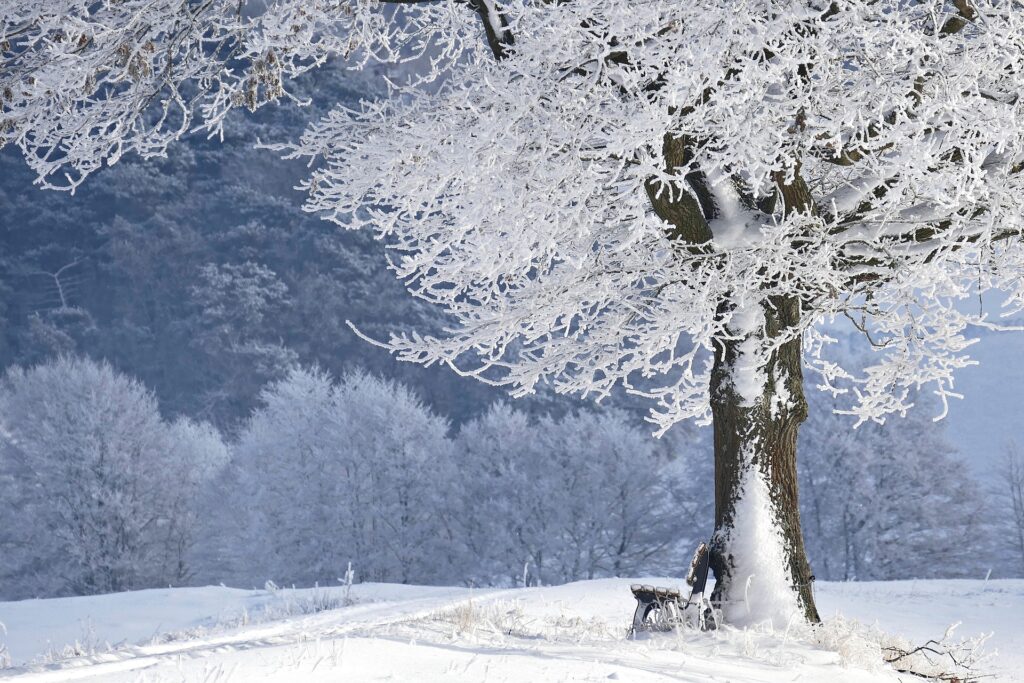As the cold winter months approach, many gardeners may feel tempted to take a break and wait for spring. However, winter gardening can be just as rewarding and enjoyable as any other season. With the right preparation and care, your garden can thrive even in the chilliest of temperatures. In this article, we will explore essential tips and techniques to ensure your garden remains healthy and beautiful throughout the winter.

Preparing Your Garden for Winter
The first step in winter gardening is preparing your garden for the cold weather. Here are some essential tasks to help your garden withstand the winter chill:
- Clean Up Debris: Remove any fallen leaves, dead plants, and debris from your garden beds. This helps prevent diseases and pests from overwintering in your garden.
- Mulching: Apply a thick layer of mulch around the base of your plants. Mulch acts as an insulator, protecting the roots from extreme temperature fluctuations and retaining moisture in the soil.
- Pruning: Trim back dead or diseased branches from trees and shrubs. Pruning helps improve air circulation and reduces the risk of fungal infections.
- Watering: Give your garden a deep watering before the first freeze. Moist soil holds heat better than dry soil, offering extra protection to plant roots.
Choosing Winter-Resistant Plants
Selecting the right plants is crucial for a successful winter garden. Some plants are naturally more resistant to cold weather and can thrive in winter conditions. Here are a few examples of winter-resistant plants:
- Evergreens: Plants like holly, pine, and spruce maintain their foliage throughout the winter, providing year-round color and structure to your garden.
- Winter-Blooming Flowers: Hellebores, pansies, and winter jasmine are excellent choices for adding color to your garden during the colder months.
- Cold-Hardy Vegetables: Vegetables such as kale, spinach, and Brussels sprouts can withstand frost and continue to grow in winter.
Protecting Your Plants
Winter weather can be harsh on your garden, so it’s important to take steps to protect your plants from extreme conditions. Here are some tips to safeguard your plants:
- Frost Covers: Use frost covers or garden blankets to protect tender plants from frost and freezing temperatures. These covers create a microclimate, trapping heat and keeping the plants warm.
- Windbreaks: Erect windbreaks, such as fences or hedges, to shield your garden from cold, drying winds. Windbreaks reduce the wind chill effect and help retain moisture in the soil.
- Insulating Containers: For potted plants, wrap the containers with burlap or bubble wrap to insulate the roots from freezing temperatures.
Winter Watering
Although plants require less water during winter, it’s important to keep them hydrated, especially during dry spells. Here are some winter watering tips:
- Water During the Day: Water your plants during the day when temperatures are above freezing. This allows the water to soak into the soil before nighttime freezes.
- Avoid Overwatering: Overwatering can lead to root rot, especially in cold weather. Water only when the soil is dry to the touch.
- Check Soil Moisture: Regularly check the moisture level of your soil. If the soil is dry beneath the surface, it’s time to water your plants.
Enhancing Soil Health
Winter is a great time to improve the health of your garden soil. Healthy soil is the foundation of a thriving garden, so consider the following tips:
- Composting: Add organic matter, such as compost or well-rotted manure, to your garden beds. This enriches the soil with nutrients and improves its structure.
- Cover Crops: Plant cover crops like clover or rye to prevent soil erosion and enhance soil fertility. Cover crops also help suppress weeds and improve soil aeration.
- Soil Testing: Conduct a soil test to determine the pH and nutrient levels of your soil. Based on the results, amend the soil with necessary nutrients to ensure optimal plant growth.
Wildlife in the Winter Garden
Winter gardens can attract a variety of wildlife, providing food and shelter during the colder months. Here’s how you can create a wildlife-friendly garden:
- Bird Feeders: Install bird feeders filled with seeds and suet to attract birds to your garden. Birds help control pests and add life to your winter landscape.
- Water Sources: Provide a source of fresh water for wildlife, such as a birdbath with a heater to prevent it from freezing.
- Shelter: Leave some areas of your garden undisturbed to provide shelter for small mammals, insects, and birds. Piles of leaves, brush, and logs offer safe havens for wildlife.
Enjoying Your Winter Garden
Winter gardening is not just about maintenance; it’s also about enjoying the beauty and serenity of your garden. Here are a few ways to make the most of your winter garden:
- Winter Walks: Take leisurely walks through your garden to appreciate the subtle beauty of winter. The frosted leaves, snow-covered branches, and winter blooms create a peaceful and picturesque setting.
- Outdoor Decor: Enhance your garden with winter-themed decorations, such as wreaths, fairy lights, and seasonal ornaments. These add a festive touch and brighten up the winter landscape.
- Garden Projects: Use the winter months to plan and prepare for the next growing season. Sketch out garden designs, research new plant varieties, and start seeds indoors for an early spring start.